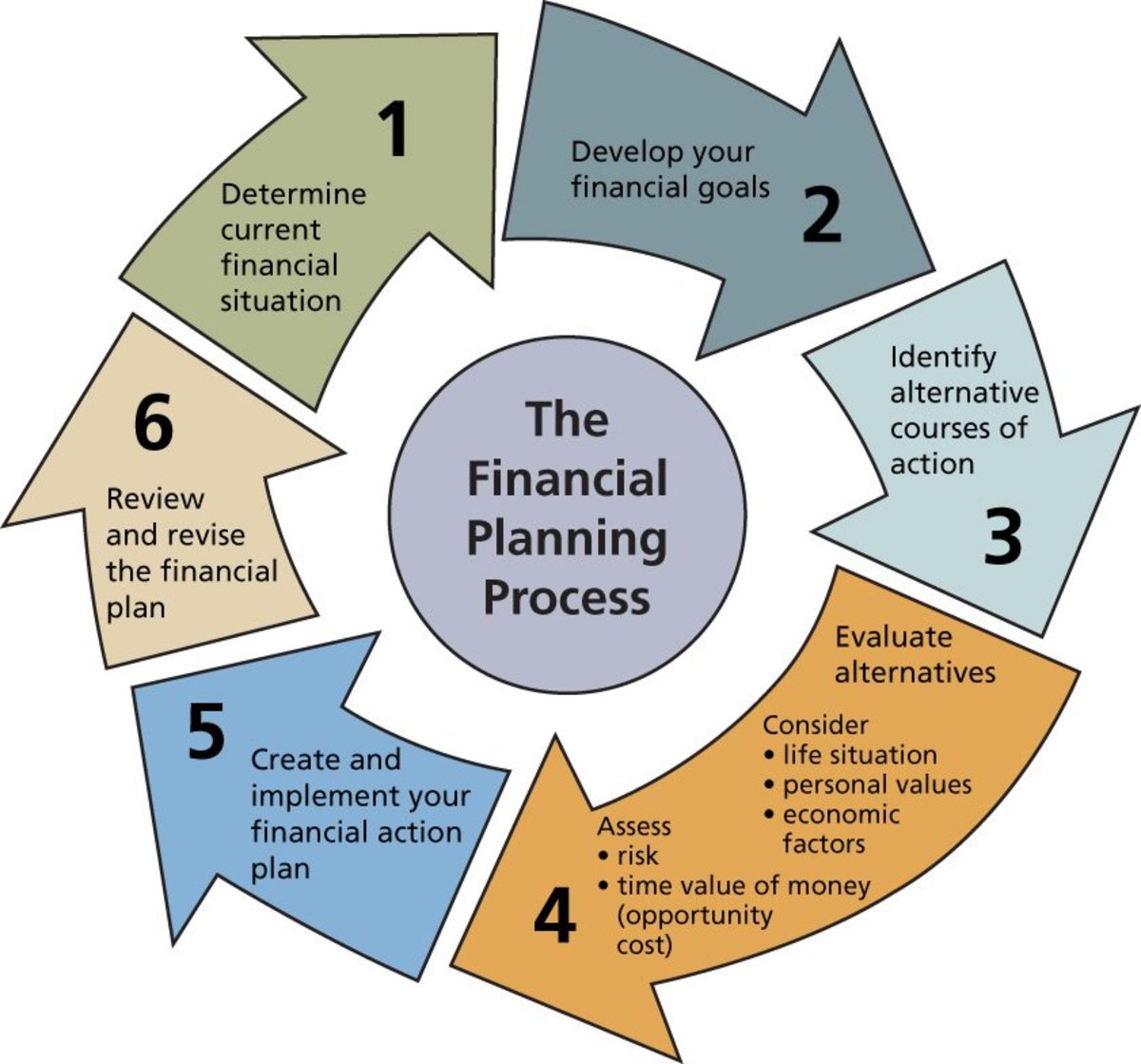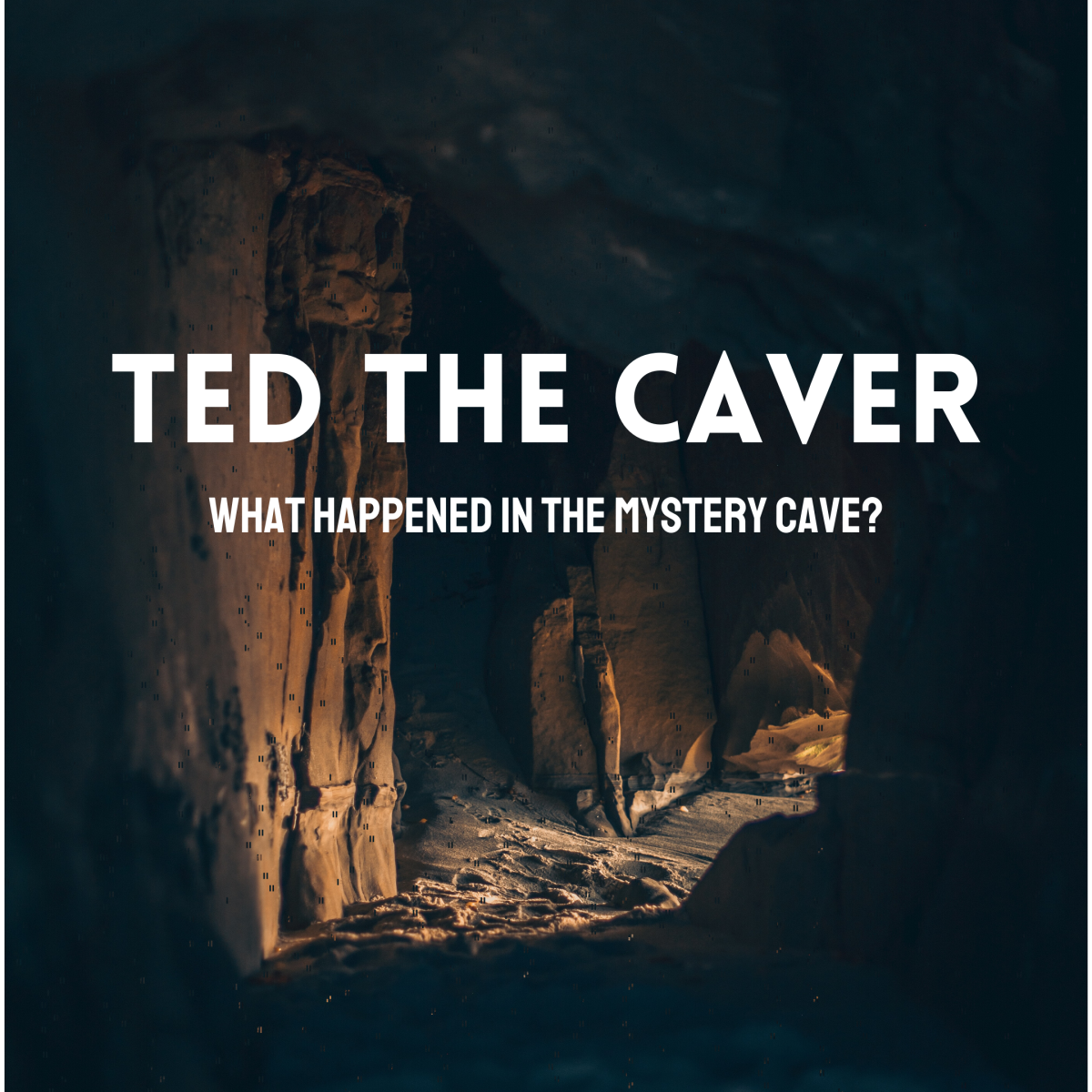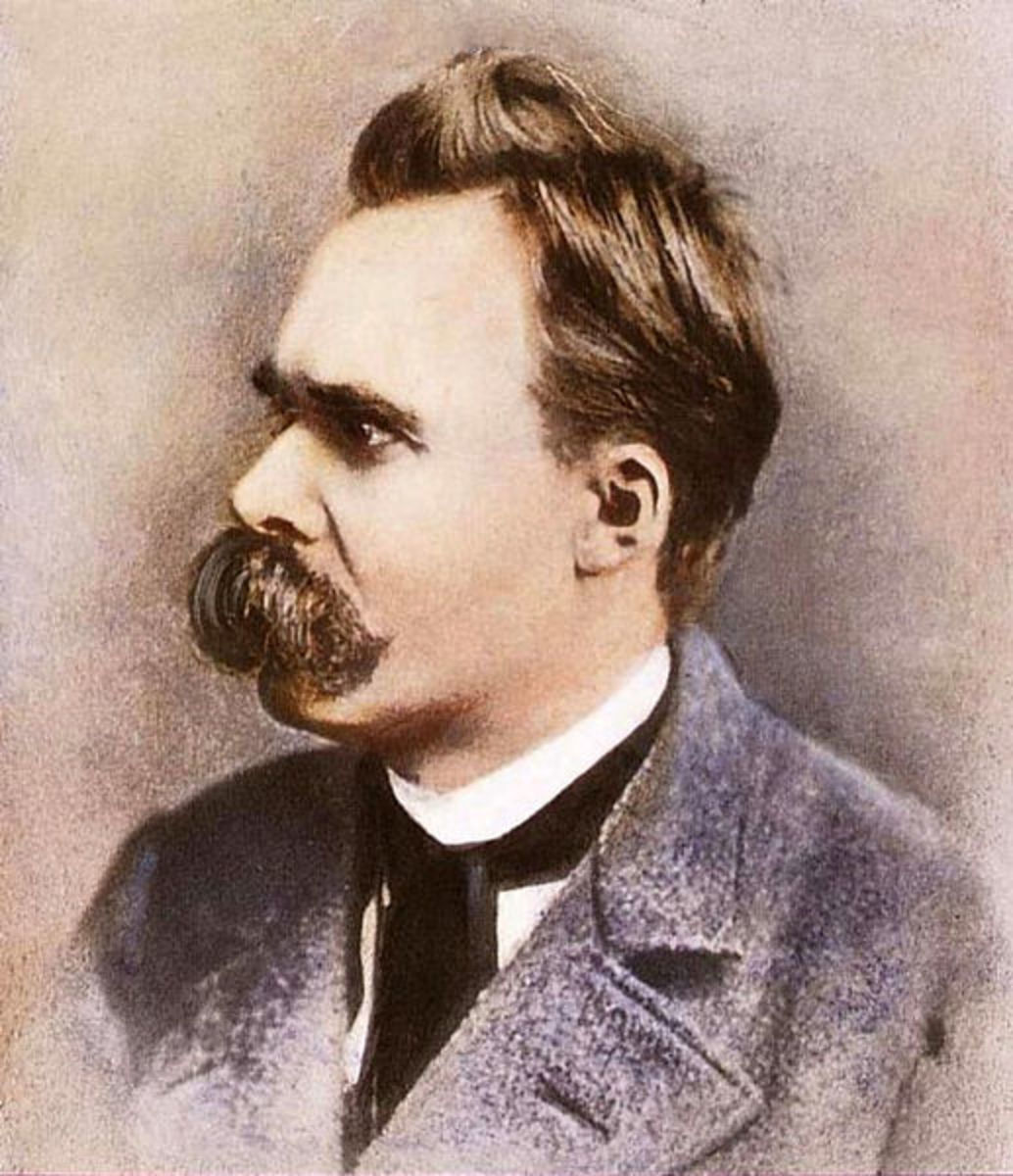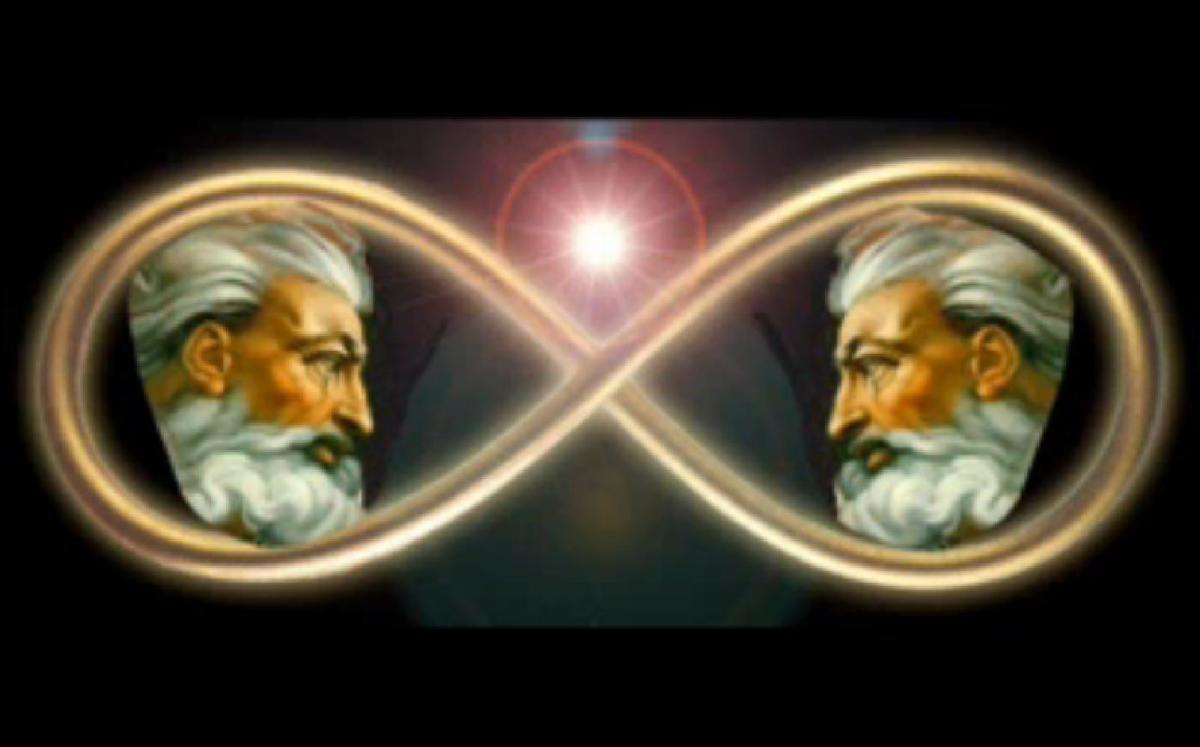Ontology 101: Structure of Time

Theories of time either claim that time is either Dynamic or Static. A dynamic theory of time claims that temporal passage is a real phenomena, an objective feature of reality independent of our perception. A static theory denies that temporal passage is an objective feature of the world. In this case, there is no passage from present to future, and all moments of time are equally real. Essentially there is a separation between theories that believe we fundamentally experience time as it is in reality, even if our ability to perceive it is slightly skewed by the limitations of our brains, and theories that believe time, change and motion are only appearances of reality, because of the way we are designed to perceive our environment, and in no way reflect reality itself. These categories get a little more convoluted when we try and reconcile them with physics, the Theory of Relativity or quantum physics but generally if you believe time to be an actual phenomena then one of these approaches will in general describe how time functions.
The Block
The block theory of time is a static and four-dimensional view. All moments of time are equally real. The fact that we feel we are in the present is simply a matter of perspective. Therefore ‘Now’ is not distinctive to the present, but merely refers to a time. The future is just as real and fixed as the past. At each moment in the spectrum we remember our past relative to that point and do not know the future relative to that point, which gives the perception of time flow that is not actually there. Our brain is designed to interpret causal events in our environment that gives us a sense of time flow, but in reality there is no passage of time. Thus our future is already there and fixed.
It is a theory of time that is most often seen as compatible with the Theory of Relativity because time is seen as a dimension. Unlike other models we have no worries over the problem of simultaneity, because with the STR theory it is not universal. Observers within different frames of reference can differ on whether events perceived with simultaneous. With the STR there is no physical reason to value one frame of reference over another and so no reason to say event A happened before B or they happened together. Which means it is tricky to pick out a bunch of events that happened simultaneously in ’the present’ as a presentist would wish. Since the present is just as distinct and real as any other present in the Block theory and there is no special ontological features of the ’present’ having events be frame relative still fit’s the model.
We still make choices and these decisions affect us, but what we choose and the consequences of our actions are already set in stone, as in the past. There is an intuitively unappealing aspect to the Block theory because of its deterministic implications. My entire life and death is already mapped out and nothing I do is going to change events in my future because they are just as real and fixed as the events in my past. Since events in the future are already determined then any statement about the future is true or false and will always be true or false. Nothing really comes into existence in this model. We lose that sense of becoming. It already all just is. There is nothing distinct about the present or even my perception that it is the present. Since all parts of me exist I do not change, rather I am the entirely of my temporal parts. Our belief that the future is an open realm of possibility is threatened. All the features of time that I intuitively feel are not valid in this theory and trying to explain why we have an experience of present-ness, why we only know of our past and not our equally real future and why we believe we have the freedom to make choices. One might respond we are designed to experience time this way, to feel a forward flow to it and to believe we change and the past happened and the future is open. To which an objector might say maybe we are designed that way, but clearly we do not have to be. If all time is equally real then it is possible for us to remember our future. Why would we be designed such that we don’t remember our future? It always makes me chuckle a little thinking about some psychic predicting the future, which may be possible since the future is there, but even if my psychic accurately predicted I would be murdered in a couple of days by Colonel Mustard in the library with a candlestick there would be absolutely no way for me, or anyone else, to prevent it from happening, because it has already happened.
The Growing Block
This is a dynamic view of time that accepts the reality of the past and present but maintains that the future does not exist. The present is not seen as progressing into the future, the present is simply the most recent slice of reality. It is called the growing block because the sum total of temporal moments increases continually. Each new reality slice or ‘Now’ that is added may be considered to be instantaneous or of a limited finite duration.
This view is intuitively appealing because it allows us to state the future is not fixed or determinate but that the past is, and the present is a distinctive feature of reality. It is also in accordance with certain content asymmetries in time. We have knowledge of the past and not the future because the past is real and the future is not and the reason backwards causation is claimed to be impossible is because future events are non-existent and cannot cause anything. Therefore this theory matches how we perceive time to be. We still have the passage of time as a real phenomena and a directional arrow of time.
However, if this is reality it is still not the reality we perceive. The Now of the present moment we feel is not the ontological now of the Growing Block. There is a lag in our perception based on the lag between reality our vision and then our interpretation of what we see. So technically the Now we are feeling is actually a tad in the past.
The Thinning Tree
This theory is similar to the growing block, but in this model the future consists of many possibilities branching out from the present. As time passes some of the possibilities are actualized and the others are annihilated. These possibilities are considered just as real as events in the past or present. Therefore, as time passes the sum, total of temporal events decreases as some branches are actualized and many competing branches are annihilated.
It has to be pointed out that this is a very large ontological view of time considering the infinite amount of potential futures that exist at any time. For that reason alone one might want to go with the Growing Block over this theory because fundamentally both still allow for a open future.
Now, my imaginary psychic would be able to save my life if the Thinning Tree theory is accurate, because she may see my death in an potential future that I then can go about ensuring does not come to pass.
Solipsistic Presentism
This is the most extreme presentist theory. This theory claims that nothing exists that is not in the present and that only one present exists, this being the one moment of reality that exists. This involves a whole lot of scepticism about the past. After all, why does it appear as though there is a history of change in the world through evolution, and why do we have memories of personal changes? If all that exists is this one momentary reality slice why does it seem so complex and organized: given the fact that there was no big bang, no evolution and no natural selection. A theorist of this kind is going to have trouble explaining motion as well, or at least the perception of motion.
Many-World Presentism
Again nothing exists that is not present, but there is a succession of presents. This is commonly viewed as a static model of time and has been supported by the physicist Julian Barbour in his book the ‘End of Time’. In this theory all the momentary presents exist all at once, with no present coming into being while another is destroyed. It is similar to the block theory, except these presents are not temporally related into one static line. This leads to a lack of continuity of time. The passage of time is an illusion, and therefore motion and change are also illusions; albeit persistent ones. It is only because the peculiar nature of consciousness that we link these presents together into a particular order and perceive change over time. Since other presents exist, there are truth makers for statements we make about other times; times that we would consider past for instance.
Dynamic Presentism
Nothing exists except the present and only one present exists at a time. Each present is followed by another and each successive presents are causally related. If each present was causally influenced by the immediately preceding present and so on, we have an explanation why we seem to have a past and how the world evolved to the world we now live in (as opposed to solipsistic presentism). The temporal series of events is not unconnected like Many-Worlds presentism because each present is temporally and causally related to other presents immediately preceding and succeeding it. However, since these temporal and causal relations cannot be understood as existence-entailing it may seem impossible that earlier times/causes can not exist as of later times/effects.
Presentism of this sort still aligns with our perception of time. While we agree that we have a past and have lived through past events but there is no reason to give the past an ontological reality. It was not is. However, there is a significant problem aligning presentism to the theory of relativity given the problem of relative frames of reference and simultaneity. A difficult but not impossible hurdle to the idea.









